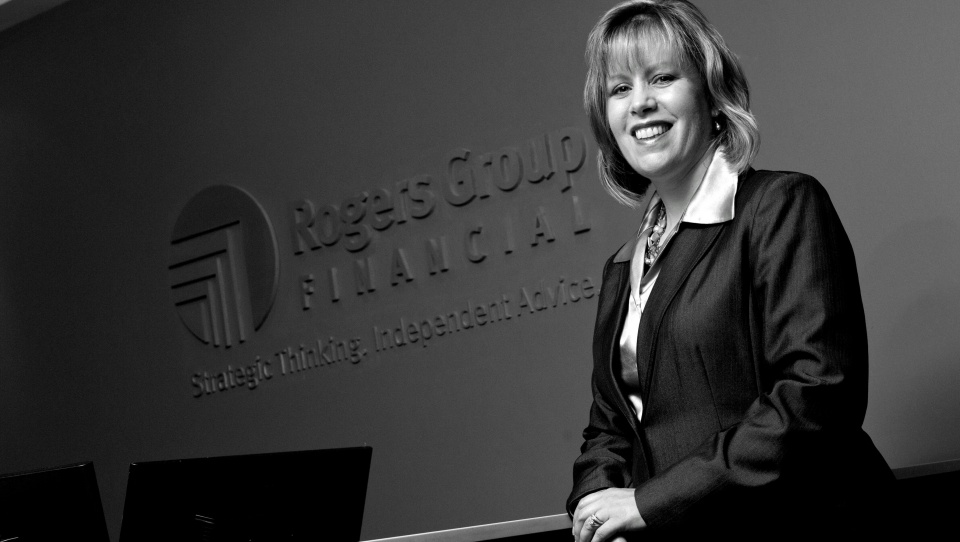Corporately owned life insurance is simply life insurance that is owned by an incorporated business instead of an individual. It is most commonly put in place when a corporation is profitable and they want to be able to protect their interest if a business owner or key employee dies.
“Another scenario is that a key employee or partner wants to retire someday and the corporation needs an arrangement to provide the cash for when they leave the company. A cash-value policy can be a viable consideration,” says Teresa Black Hughes, a former National Board Chairwoman for Rogers Group Financial in Vancouver, B.C.

Corporately-owned life insurance is essentially a structure whereby the after-tax cost of the insurance is more economical than personally owned. Being able to cover the company in the event of the death of a key player and the tax benefits that come with the policy are some of the more obvious advantages to corporately-owned life insurance. But, Hughes will tell you that there may be some advantages that aren’t quite so obvious.
“One of the things that I think sometimes gets missed, is the use of insurance in retirement planning,” she says. “It has to do with unique ability to build up tax-sheltered money within an insurance contract. So, it’s not as cut and dried as say, buying a mutual fund, but, in the case of insurance, one may liken it to having a limitless tax-free savings account.”
When you are finally ready to extract the cash from the policy, there are two ways to do it. The first is withdraw from the policy in the form of cash, and the second is to borrow against the policy. This is a more tax-effective method, as withdrawing cash values may result in a taxable disposition.
It should be noted that corporately-owned life insurance refers to the structure of the plan and it costs nothing different than an individual life insurance policy because you are still insuring a person. As a result, the premium cost still depends on the health of the individual you are insuring, just like any other plan.
According to Hughes, there are a few other things that one should keep in mind when going the corporately-owned route. “Some business owners operate both an operating company and a holding company. It is preferable for the insurance contract to be owned by the holding company, especially if it is a policy that will have some building up of cash values. The reason to do that is, if the operating company ever gets into trouble or gets sued, than the equity that is built up in the policy is more likely to be protected from creditors in the holding company.”
If you think that corporately-owned life insurance may be the right thing for your company, there is some basic criteria you will need to meet. First, the company should be profitable with a long-term future – ideally, at least 15 years in business. Second, there is a need for protection over the next 15 to 20 years. “This criteria applies to when you are looking for a policy that can generate cash values,” adds Hughes.
“There are cases where term insurance is perfect for a corporately-owned policy,” says Hughes. ”Insurance provides cash on hand, and term insurance may be a more economical way to provide maximum coverage for that what-if scenario.”
There are alternatives available in the event that a partner or key employee is uninsurable. Companies can create a sinking fund where they set aside money every year for just such a need. “Think of it as a savings fund with a particular purpose,” says Hughes. She also suggests a joint-insured policy may be possible. Still, the most obvious alternative is the sinking fund.
“Keep in mind, you can always change the ownership of the policy down the road,” says Hughes. “Years later, the purpose for the insurance may not exist, or the key person, or partner, may have retired. The ownership of the policy could be transferred from the corporation to the individual insured, to a related corporation, or even to a charity. Just be mindful that a change of ownership may result in some tax implications.”
How much would it be for $1.5 Million of Term 25. My DOB …. I just had a medical completed and all signs are good.
Thanks Louise – the premiums will depend on your smoking status and if you qualify for preferred rates. Preferred rates are given to individuals in very good health with good family health history.
Thanks for the note. This would not require a health declaration.
Do I have to fill out a health declaration if I want to change the ownership from policy from Corporate to Individual. Thks.